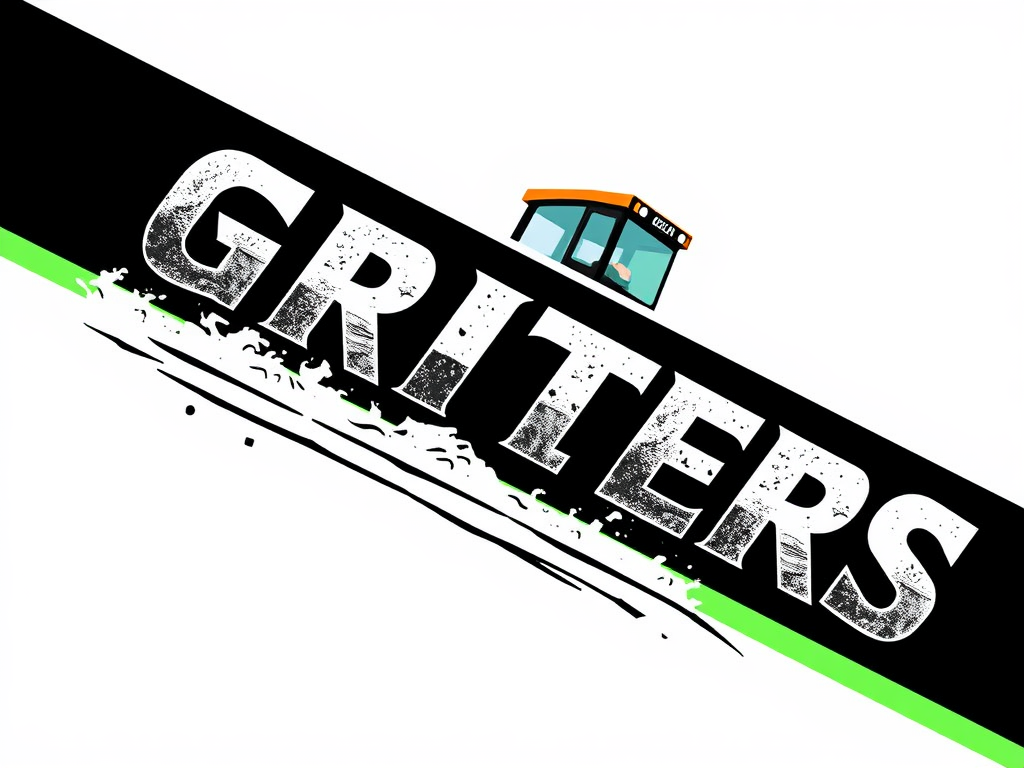Essential Ingredients and Tools for an Authentic Cornish Pasty
Making an authentic Cornish pasty starts with understanding its essential ingredients and kitchen essentials. The classic filling is a simple yet satisfying blend of diced beef cut, peeled potatoes, swede (rutabaga), and finely chopped onions. Precision is key: the beef should be lean and cut into uniform pieces to ensure even cooking. The traditional proportions balance the meat’s richness with the earthy sweetness of swede and the mellow texture of potato.
The pastry must be shortcrust pastry, prized for its sturdy yet tender qualities, which hold the filling without sogginess or crumbling. While some home bakers consider puff pastry alternatives, these do not yield the authentic flaky but firm texture Cornish pasties are celebrated for.
Topic to read : How can you create an authentic toad in the hole at home?
Certain kitchen essentials make the preparation smoother: a rolling pin for evenly thinning the pastry, a pastry brush to apply egg wash for a golden finish, and a heavy-duty baking tray to support the pasties during baking. Having these tools ready ensures your pasties not only taste authentic but look the part, a key part of the traditional Cornish pasty recipe.
Step-by-Step Preparation and Assembly
Crafting an authentic Cornish pasty relies heavily on careful preparation and assembly. The Cornish pasty recipe begins with preparing the shortcrust pastry: roll it out evenly using a rolling pin to about a 3mm thickness. This ensures the pastry cooks uniformly while remaining firm enough to hold the filling.
In parallel : Taste authentic chinese cuisine at feier cottage westminster
Next, portion the classic Cornish pasty ingredients—beef cut, potato, swede, and onion—into balanced quantities. Uniform, diced pieces are essential for even cooking and to maintain the signature filling texture. Lay these ingredients in three distinct sections side-by-side on the pastry to prevent mixing, a hallmark of traditional pasty methods.
The folding and crimping step is critical. Fold the pastry carefully over the filling, pressing the edges firmly. Then, crimp the edge in a thick, rope-like pattern by folding and pinching the dough repeatedly along the sealed edge. This traditional crimp secures the filling during baking and gives the pasty its recognizable shape.
Mastering these steps ensures the pasty cooks evenly, the filling stays intact, and the iconic pasty silhouette is achieved—integral for anyone preparing pasties true to the traditional Cornish pasty recipe.
Baking Tips and Authentic Presentation
Baking an authentic Cornish pasty requires precise control over temperature and timing. Typically, baking at 200°C (about 400°F) for 45–50 minutes achieves the ideal balance: a golden, crisp shortcrust pastry exterior without drying out the filling. Baking for too long can toughen the crust and dry the beef, so monitoring the Cornish pasty baking time is crucial.
Visual cues guide doneness: the pastry should turn a rich golden brown, and the distinct rope-like crimp should be firm and intact. Avoid overcooking, which risks a tough texture both inside and out.
To maintain filling juiciness, use lean but moist beef and ensure diced potatoes and swede pieces are uniform to cook evenly throughout baking. Avoid overcrowding the filling, as this can cause sogginess or leaking during cooking.
For an authentic pasty appearance, brush the pastry with a light egg wash before baking to create a shiny, golden finish that enhances presentation. Serve warm or at room temperature to enjoy the full flavour and texture of the traditional Cornish pasty recipe. This attention to detail in baking and presentation completes the pasty’s hallmark experience, blending perfect crust and savoury filling.
Common Mistakes and Expert Tips for Home Bakers
Baking an authentic Cornish pasty at home is rewarding but prone to common pitfalls. One frequent pasty making mistake is uneven pastry thickness. Rolling the shortcrust pastry too thin can cause tearing during assembly or leaks while baking, while overly thick pastry results in a heavy crust that may undercook. Aim for uniform 3mm thickness with a rolling pin, a key Cornish pasty tip for balanced texture.
Incorrect filling proportions also affect the final taste and structure. Excess meat or vegetable filling can burst the pasty or cause sogginess, while sparse filling yields a dry result. Stick closely to the balanced classic Cornish pasty ingredients ratio: diced beef, potatoes, swede, and onions in equal measure. Avoid substituting with non-traditional items, which compromises the traditional Cornish pasty recipe authenticity.
Regarding crimping, a poorly executed crimp leads to leakage and shape loss. Practice the characteristic thick rope-like fold, pinching firmly along the edge to secure the filling. For home bakers, using a pastry brush to apply light egg wash evenly helps develop a golden finish while sealing edges.
By focusing on pastry thickness, proper filling balance, and mastering crimping, you’ll avoid major mistakes and achieve outstanding results true to the Cornish pasty tips experts swear by.
Essential Ingredients and Tools for an Authentic Cornish Pasty
Creating an authentic Cornish pasty begins with selecting the correct Cornish pasty ingredients. The classic filling consists of diced beef cut, peeled potatoes, swede, and finely chopped onion. These ingredients combine to provide balanced flavours and textures essential to the traditional Cornish pasty recipe. Precision in the size and proportion of these fillings ensures even cooking and preserves the pasty’s distinctive taste.
The pastry plays a critical role: only shortcrust pastry delivers the right durability and tenderness to contain the filling without becoming soggy or crumbly. Though alternatives like puff pastry might be tempting, they compromise the authentic texture and are not recommended for true Cornish pasties.
Equipping your kitchen with the right kitchen essentials eases the process. A rolling pin is necessary for achieving an even pastry thickness, vital for proper baking and assembly. A pastry brush lets you apply an egg wash that creates the golden, glossy finish characteristic of Cornish pasties. Finally, a sturdy baking tray supports the pasties, preventing warping during baking.
Focusing on these key ingredients and tools guarantees an authentic experience true to the Cornish culinary heritage.










